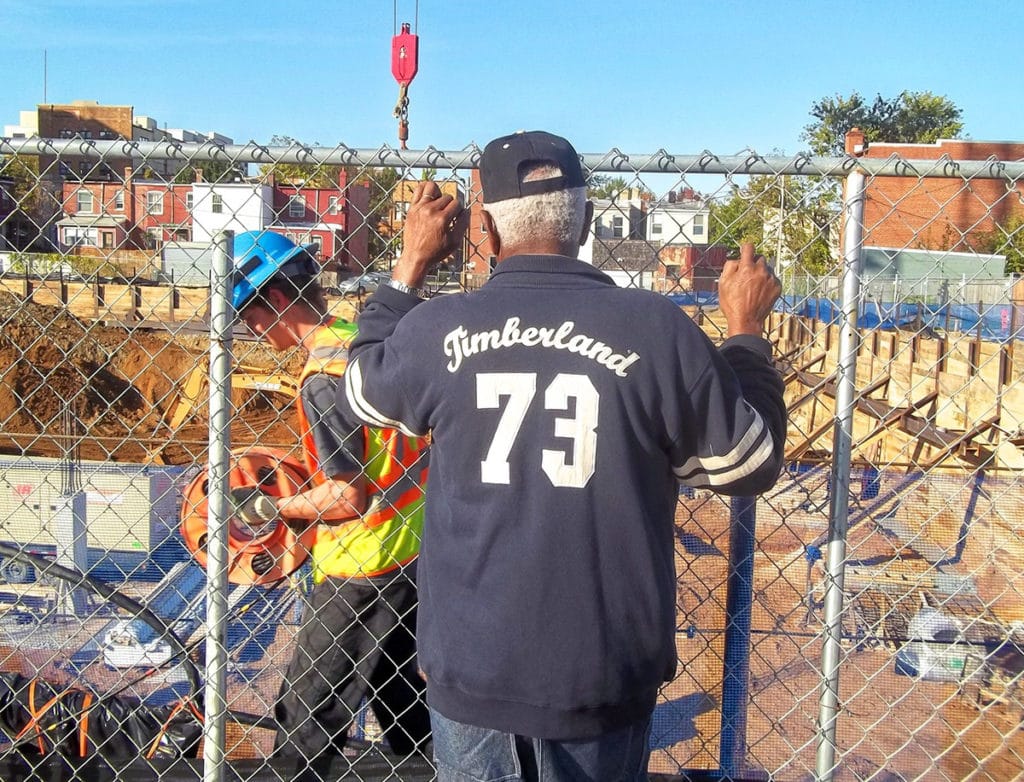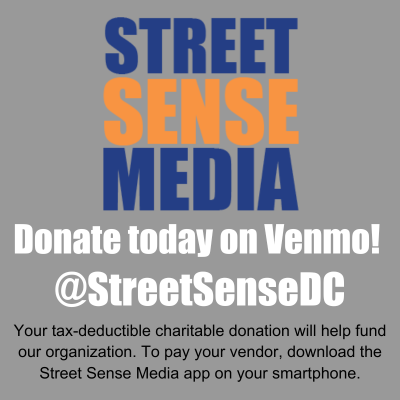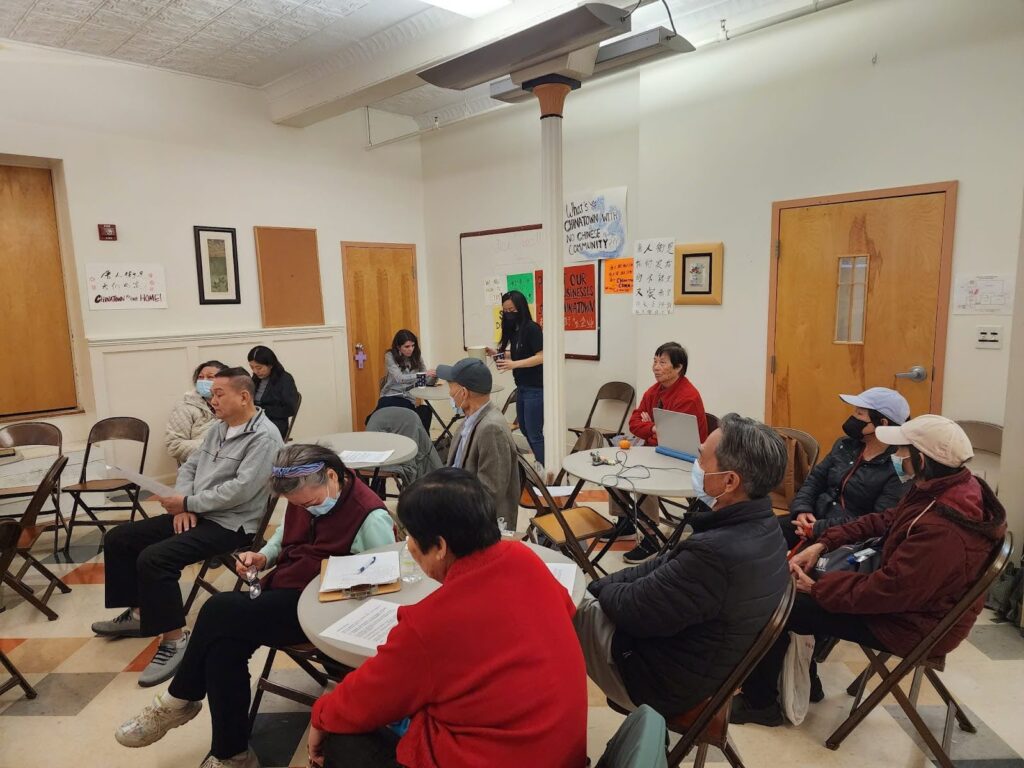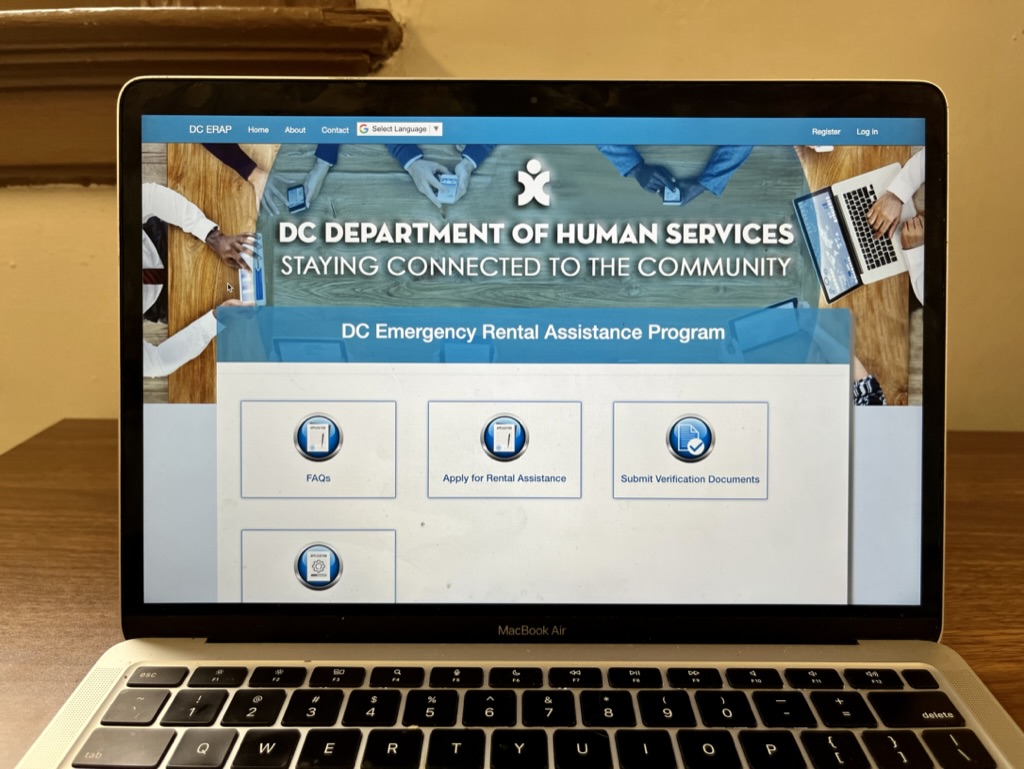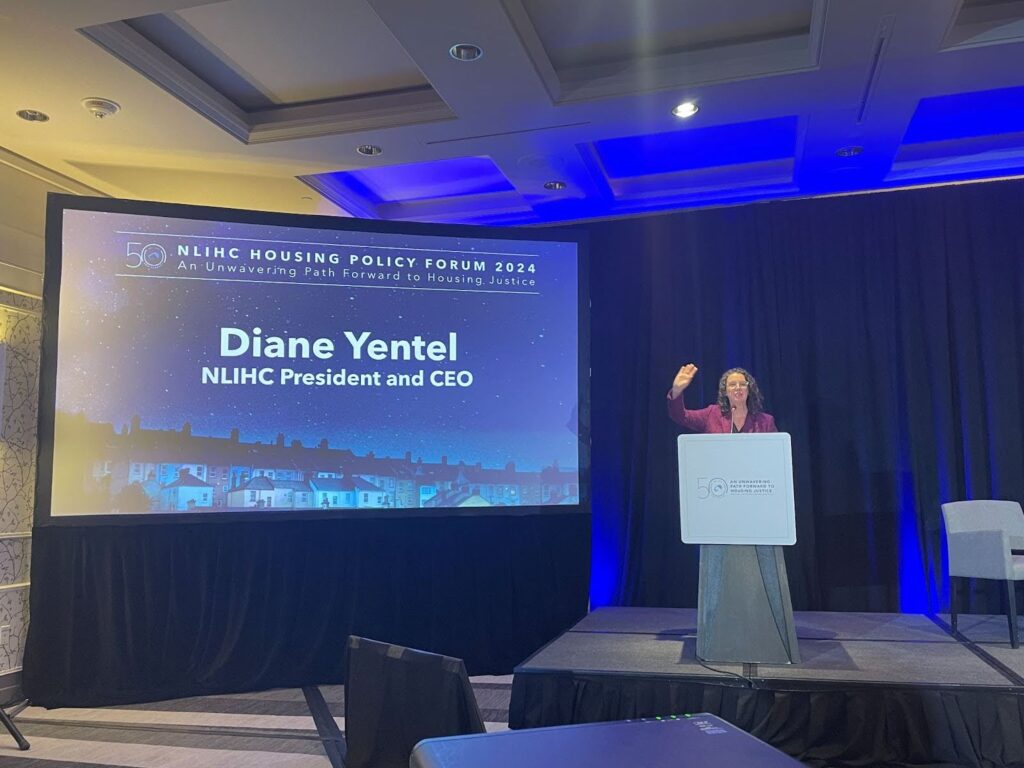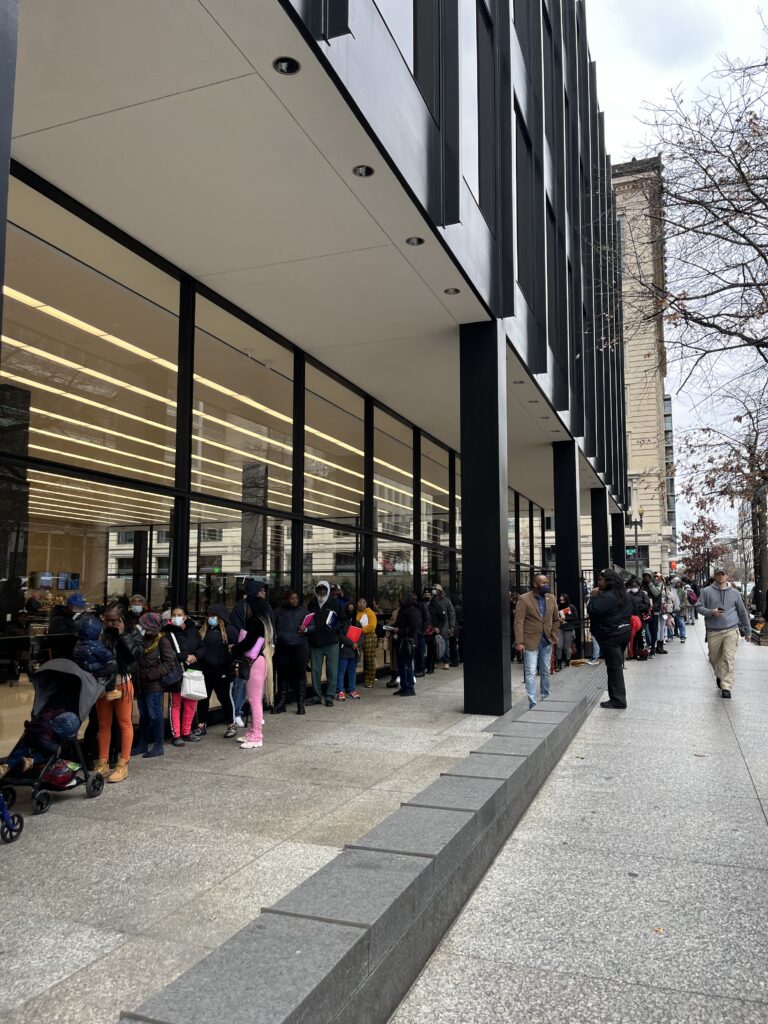Joseph Young’s full photo essay can be viewed here.
These photographs are part of a longer essay that can be seen as a meditation on the H Street NE corridor, where I have lived for the past 25 years. I’ve spent more than a decade documenting the gentrification of my working-class neighborhood, which is vanishing fast.
The gentrification has forced out longtime neighbors in droves because the rents have skyrocketed too d*** high. My neighbor and friend Tony Williams experienced displacement twice in his lifetime: first from Southwest and now from the H Street NE corridor. He called urban renewal “Negro removal,” a statement made famous by the novelist James Baldwin in the 1960s.
Anthony W. Williams of Washington, D.C., died suddenly of an aneurysm in 2014.

As the gentrification takes hold all around me, my sense of belonging has been shattered in ways that I have never felt before. Realtors have rebranded a portion of the corridor — bounded by North Capitol Street to the west, Florida Avenue to the north, F Street to the south and 15th Street to the east — as the Atlas District. The name comes from the Atlas Theater at 13th and H, which opened to an all-white audience as the Atlas Movie Theater in 1938.
The commercial area around the theater is not the only section of the corridor that has been rebranded. Further west, the gentrifiers have christened it NoMa, which is developing to look like a business park.

This is an affront to my pride and human dignity. I, for one, refuse to call my neighborhood by any other name. To do so would be tantamount to objectifying my own Black body. What an incredible insult to this community of longtime residents who held it together on a shoestring during the tough times. It may have been seen as a ghetto to the new arrivals but as for me and mine, we call it home.
There are similar efforts going on in other parts of the city. Ward 7 Councilmember and former mayor Vincent Gray has been working tirelessly for nearly a decade to rename Southeast Washington, a working-class community of mostly African Americans. He refers to the area as “the East End,” though his efforts have gone mostly unnoticed.
Rebranding, as it is referred to, is merely a scheme used by the real estate industry to lure white home buyers to Black working-class communities. It scrubs the Black past of the hood, so white buyers will be able to stomach it until the gentrification is complete. And, of course, it’s an assertion of the gentrifiers’ newfound aspirations: ridding blight from working class neighborhoods as well as the poor people who had afforded to live in them.


Since 2003, when former mayor Anthony Williams announced his intentions to spur population growth in the city, more than 100,000 gentrifiers have migrated to the District. The consequences have been devastating, such as rising rents and the forced relocation of low-income Black families and small Black businesses now facing bleak economic futures. In a thirteen year period, more than 20,000 Black Washingtonians were displaced to areas outside of Washington, D.C.
Local and federal government officials are complicit in this because their housing policies support the gentrification pioneers. Take the luxury apartment development The Avalon in “NoMa” as an example: the project received financial backing from the U.S. Department of Housing and Urban Development. Working-class African Americans know they will be unable to afford the rents.

the Faith Bible Church which was replaced by the Maryland luxury apartments. Holyway was replaced by Fatty’s Tattoos. Picture taken at the 500 block of H Street NE, Washington, D.C. Photo by Joseph Young
Gentrification pushes out not only the working poor, but their cultural institutions. For example, Black churches are seeing their congregation numbers dwindle. I’ve witnessed one church after another close its doors, such as the 128 year-old historic St. Phillips Baptist Church in Northwest or Faith Bible Church and St. John’s Church of God, both in Northeast.
Black barbershops and salons are also being forced to close their doors or move to keep their business afloat. The barbershop is more than a place to go and get my hair cut. It is a safe place where I can freely express myself about a variety of social issues, including politics and sports. The back and forth dialogue between Black men helps sharpen my intellect and build comradeship. This is important to me as a Black man who lives in a society where my human worth is challenged in every conceivable way imagined. These places make me feel protected from the outside white world. Without these safe places my Black body is like a ship without a compass, going around and around but getting nowhere.
There are only a few Black shopkeepers left on H. Soon there will be even fewer. The cost of doing business there is too high. To be successful in business, or life, for that matter, you need access to capital. In other words, you need a lender. Without a lender in business, it is almost impossible to build a thriving enterprise. Banks are reluctant to extend loans to Black folk. That’s the number one problem.
My top destinations were the thrift shops. The Salvation Army at the 1400 block of H Street NE had been there since the 1950s. It has closed now, they all have. I felt sorry to see them go. Those shops were a vital part of the neighborhood.
The Salvation Army is where I discovered new music and built my vinyl record collection of rhythm and blues. That’s where I found Carole King’s “Tapestry.” As a teen, I’d heard Aretha Franklin perform “You Make Me Feel Like A Natural Woman,” but I didn’t know the lyrics were written by King. “Tapestry” is one of the all time great albums. They also carried an unbelievable book selection. I found a first edition of President Obama’s “The Audacity of Hope: Thoughts on Reclaiming the American Dream,” which the President later autographed.
Now, my absolute favorite finds were the vintage clothing. My entire closet is filled with menswear I bought at those thrifts. I love my vintage hats and overcoats. The changes that have taken place on H make me feel like I’m a long way from home.
The new shops, many of which are restaurants, cater mostly to affluent white millennials. This is additional proof that Black culture will not survive on the H Street NE corridor. Ironically, many gentrifiers have a taste for foreign foods, such as Mexican and Indian cuisine and a variety of Asian dishes. Where there used to be a food desert, with only carry-outs and liquor stores, now multiple grocery chains also sell beer and wine. More wine is consumed in Washington, D.C. per person than any place else in the country.
God knows that Black Americans have had their endurance tested by redlining, restrictive covenants, disinvestment, low wages, costly rents, segregation, predatory lending, police brutality, crime, violence and now gentrification displacement and pressure. This photo essay explores the themes of home and away from home, space, belonging, community, identity, segregation, escapism, (discarded) memory, change, loss, absence, and endurance.

I didn’t have a plan of execution for this project. I let the project speak to me. And I’m also guided by a need to try and say something about the world, as the photographer Paul Strand would have put it.
As for my influences, well, of course, Paul Strand, Lewis Hine, W. Eugene Smith, Robert Frank, Gordon Parks, Roy Decarava, Ernest C. Withers, Edward Hopper, Latoya Ruby Frazier, John Szarkowski, who said photography was born perfect and the Emmett Till open casket photo.
“Make me wanna holla what they do with my life” — Marvin Gaye, in his song “Inner City Blues.” Gaye was born and raised in D.C., where his family lived in public housing.
———–
Joseph Young is a photographer living in Washington, D.C. His work has appeared in the Washington Post Magazine, Washington Times, Washington Afro Newspaper and the Washington Informer. He is also a grant recipient from the DC Commission on the Arts and Humanities for his photography series on people who are homeless in the nation’s capital.
